Weber's first full -color photo was announced: the gravitational lens effect is obvious, or the early mystery of the universe will be revealed
Author:Science on the planet Time:2022.07.12
On April 24, 1990, the Hubble telescope in the United States was sent to the track, and humans opened a new period of exploration of outer space exploration. So far, Hubble Telescope has also taken millions of photos. Let us see The universe was flat, but the years passed, and the Hubble telescope had reached the time of retirement.
Especially in 2021, a series of troubles were encountered. At this time, the binge and stranded Weber space telescope finally successfully lift off. As a successor of Hubble, the performance of the "sky -high" Weber Space Telescope is quite good in all aspects. Everyone has waited for so long, and the universe blockbuster is finally coming!
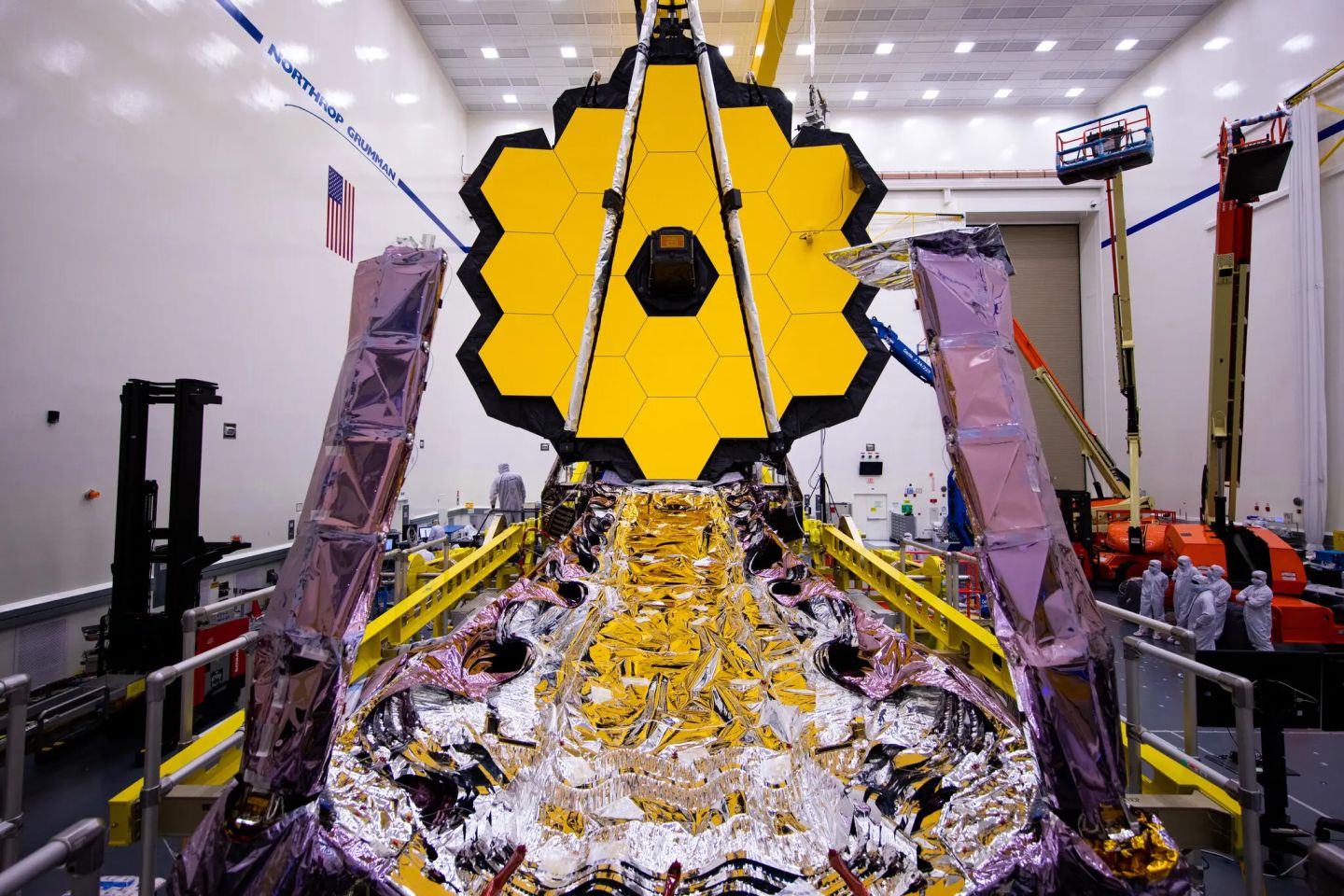
A few months ago, the United States made a statement saying that the Weber Space Telescope will take the spectacular color images in the universe in mid -July. This time the United States has no words. On July 12, Beijing time, NASA officially announced the Cebber The first color pictures shot by space telescope.
It is not difficult to find that whether this photo is clarity or various details, it is more than one grade compared with the previous details, so what is the collection in the photo?
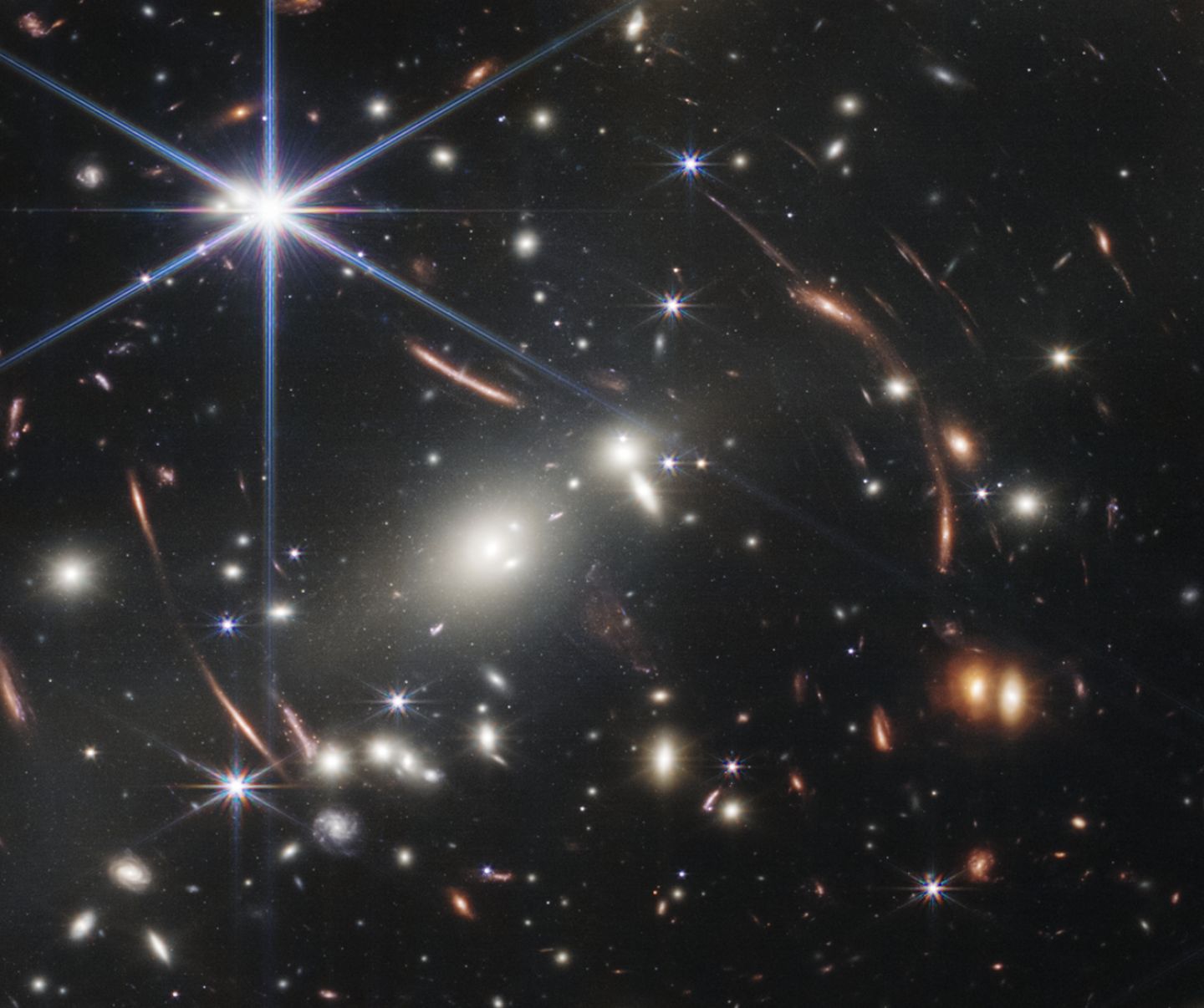
Weber space telescope with a cost of $ 10 billion.
After the Hubble Telescope of the United States retired, the James Weber Space Telescope was postponed. The newly appointed Weber telescope was built by the American Aerospace Administration so far. The most powerful space telescope was launched from the earth on December 25, 2021 In the spring of 2022, it safely reached a destination of about 1.5 million km from the earth.

From all aspects, this Weber telescope, which is tens of billions of dollars, is much stronger than the previous Hubble telescope. First of all, the clear degree of photos is clear. Due to the limited science and technology at that time, the photos taken by the Hubble Telescope were just a vague. Star group, and now the Weber telescope can be passed back to color photos, which can clearly distinguish each galaxy group.
In addition, the Star Group shot by the Weber telescope this time is the SMACS0723 galaxy group outside the earth 4.6 billion light years. It is also the farthest cosmic image on the earth.
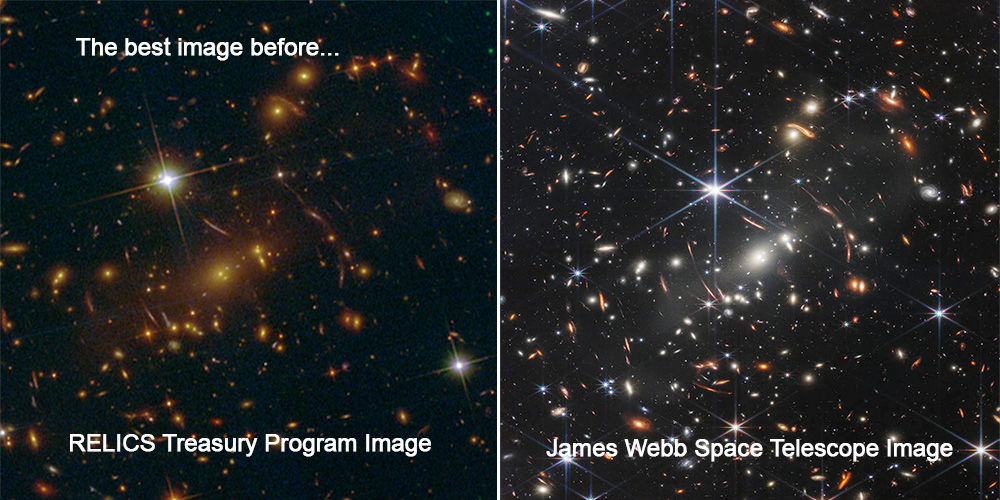
Then from the processing time of the photo, you need to make a simple explanation here. Whether it is the previous Hubble telescope or the latest Weber telescope, the images they passed back are actually blurred, and the reason why we can Seeing such a clear picture quality is mainly to show special imaging processing to our eyes.
Now returning to the theme, the previous Hubble telescope needs to spend a few weeks of exposure to get photos, but the exposure time for the latest color photos of the Weber telescope is only 12.5 hours. I believe that many people will be very satisfied with this speed.
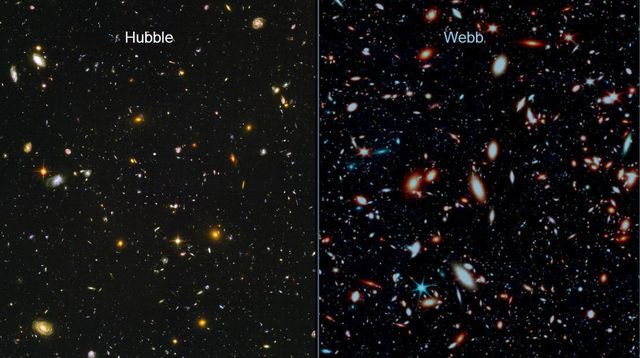
Finally, the observation of the universe. Although the Hubble Telescope can be observed in infrared, it is mainly concentrated in the visible light and ultraviolet wavelengths to observe the universe. In contrast, the Weber space telescope uses infrared spectrum to observe the universe, and close to infrared The scope of the universe that can be observed in the band is wider, so in the range of space observation, the Weber telescope is also better than Hubble.
Color images returned by Weber Space Telescope.
This is the deepest, far and clearest image taken by the universe that has so far.

On the left side of this photo, we can see a very similar galaxy, which is a very large spiral galaxy. The star of this galaxy is likely to be more than our galaxy.
Let's look at the lower right corner of this photo, you can see some dull little points. These small points are also very far away from us. Among them, there are galaxies other than billions of light years. The galaxies we see from the images are all the bands launched by billions of years, but we are only seen now.
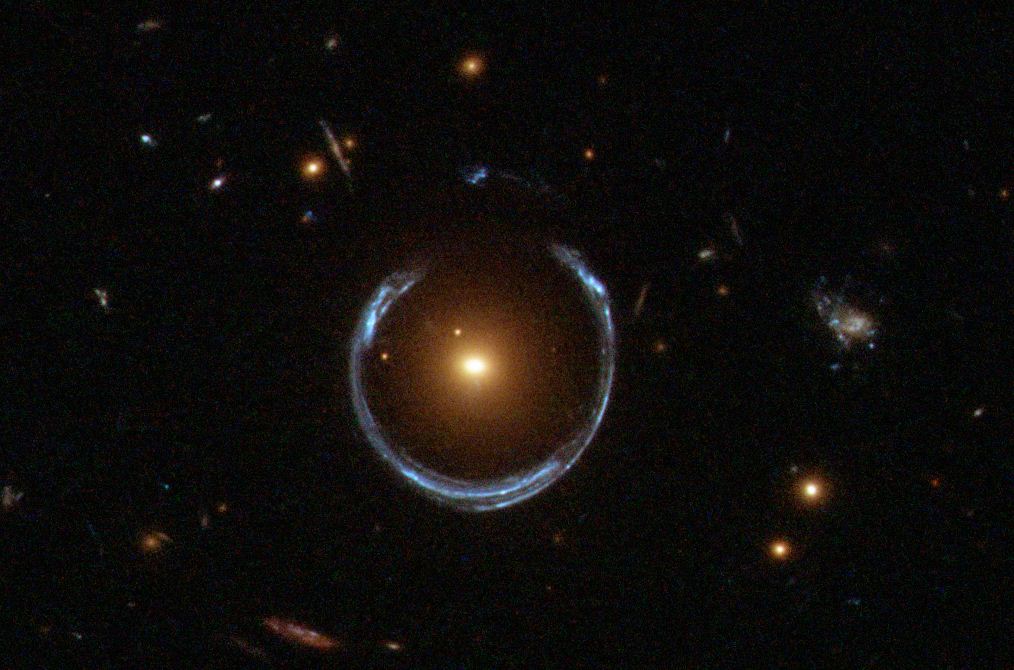
Can we see that some galaxies are arcs from the images? Is it a deviation accident that the image occurs during processing? Of course not. In fact, this phenomenon is caused by the effect of gravitational lens. In short, it is because the huge gravity of the celestial body itself puts the light from the distant galaxy behind the body.
Take image as an example, there is a huge galaxy group SMACS0723 between those distant celestial bodies and our earth. When the light of the distant celestial body passes, the powerful gravity around it will be bent in time and space, resulting in the deflection of the light. The arc seen in it is called the gravitational lens effect because the light is bent in the lens through the lens.

In addition, there is a small detail hidden in the image. Inside the galaxy group, the light emitted by some galaxies has long spread more than 13 billion light years, that is, there is also a celestial body of more than 13 billion light years in the middle. How did that happen? It is still necessary to talk about the gravitational lens effect. Among them, a large gravity celestial body is similar to a convex lens, which can enlarge the distant galaxy behind it. Therefore, there will be a celestial body that is more than 13 billion years away from us.
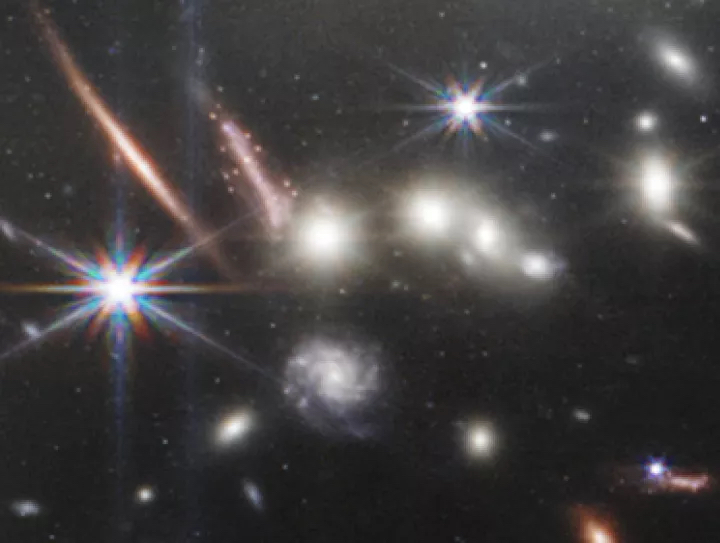
I do n’t know if everyone finds it. In this picture, there is another particularly interesting phenomenon that nine galaxies have formed a ring around a galaxy, but the distance between these nine galaxies has hundreds of thousands of light years. Have you ever thought about such a question, why can nine galaxies surround a ring?
Is it possible to be a coincidence of space images, or visually illusory?This problem is still waiting for scientists to study and explain.Conclusion.
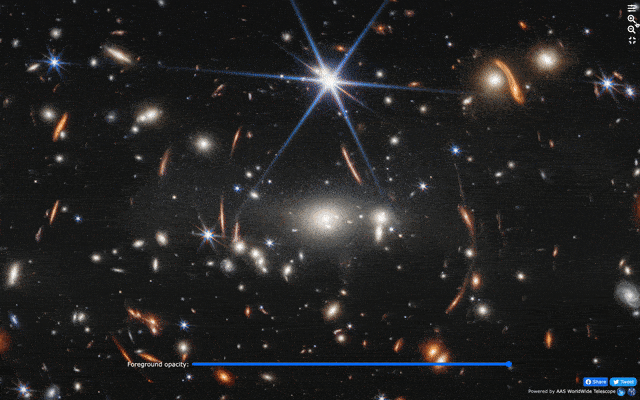
In the end, the main task of Weber Space Telescope is to explore the universe. If you say it carefully, it is to observe those distant foreign planets, and study the origin and evolution of these galaxies to help us better understand the universe and understand the universe.The lights found in color images from more than 13 billion light years will be greatly helped to study the early state of the universe, and it may reveal the mystery of the early universe.
- END -
The "whiskey war" of Denmark and Canada ends, and the two countries agree to divide Hans Island in the Arctic Circle
[Global Times Special Correspondent Li Qiao in Canada] The whiskey war that lasted half a century finally ended peacefully. On the 14th local time, the Canadian government and the Danish government
[Follow] For the first time!Yunnan 156 high -quality cities update projects are promoted to bank enterprises

On June 21, the province's urban renewal project promotion meeting was held in Kun...